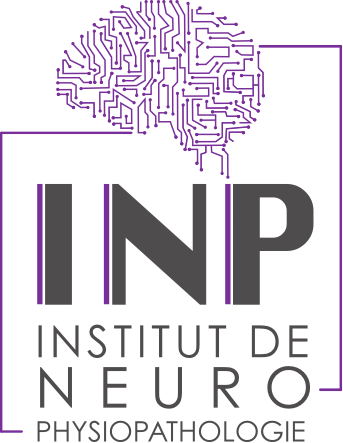The Institute of NeuroPhysiopathology (INP – UMR7051) was created on January 1st 2018 by Michel Khrestchatisky and is now directed by François DEVRED. It is located in the Timone site of the Medical Faculty of Marseille and is supported by Aix-Marseille University (AMU) and the CNRS.
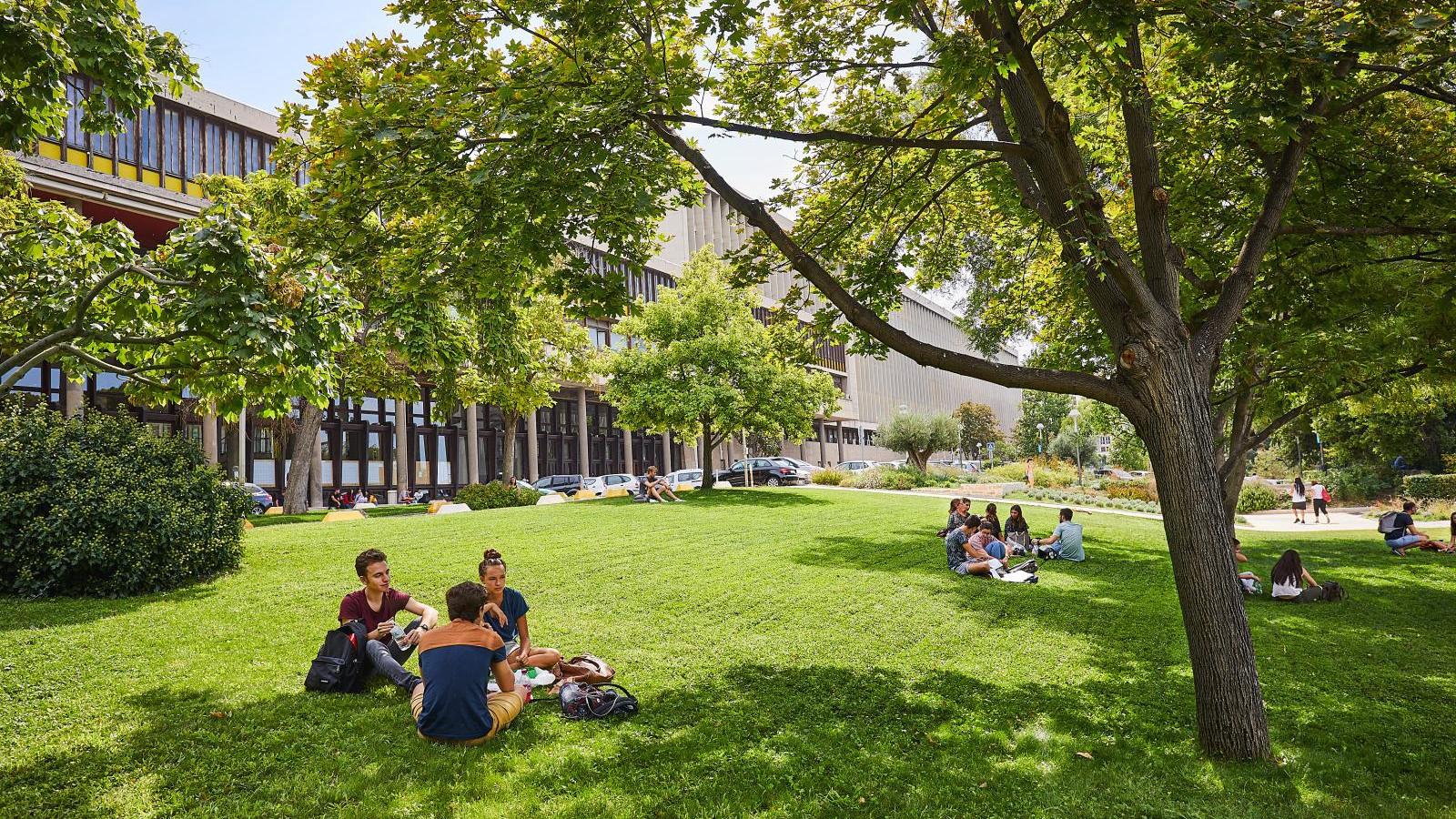
The INP is a center of excellence for training and research
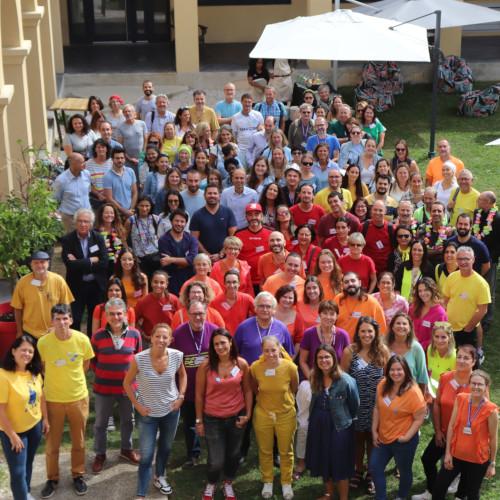
Our teams
The INP brings together 11 teams totalling 150 people, half of whom have permanent positions (statutory staff). The main objectives of the Institute are to study on a fundamental level, through animal and cell models (including reprogramming / iPS cell modelling), at different levels of integration (from molecular to animal models), and in various pathological contexts, the interactions between neuronal, glial, endothelial and immune cells, and their roles in the plasticity of neural networks, in biological clocks and in cognitive function. The teams of the Institute study during development and aging different conditions including Alzheimer's disease, multiple sclerosis, neuroinflammatory and neurodegenerative processes, glioblastoma, tumorigenesis, angiogenesis and alterations of the barrier blood brain (BBB).
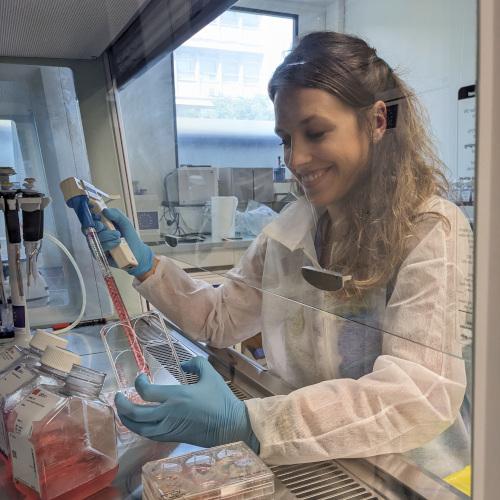
Our approaches
The INP teams promote the development of diagnostic and therapeutic approaches, based in particular on the identification of biomarkers and therapeutic targets, on the development of new therapeutic molecules and on cell therapy strategies involving olfactory stem cells and iPS cells. The teams ambition valuation and partnership with the pharmaceutical industry, in particular through the creation of a "Joint Research Laboratory" with the biotechnology company VECT-HORUS. This partnership aims at developing new vectorisation strategies across the BBB into the CNS, and innovative therapeutic or imaging agents, that will benefit from such strategies to improve their brain delivery and efficacy.
Our technologies
- molecular biology (genetic engineering, biochemistry, transcriptomics, epigenetics, proteomics, systems biology);
- chemistry (nanoparticles, peptide synthesis/peptide purification, organic chemistry, development of vectorised imaging agents for PET, etc.);
- cell biology (neural cell lines, tumor lines, primary neural cell cultures, neurons, astrocytes, microglia, endothelial cells, adult stem cells and iPS cells, in vitro modelling);
- imaging (fluorescence, confocal, TIRF, super-resolution, TEM, MRI, PET);
- integrated study of animal models of various diseases (Alzheimer's, multiple sclerosis, glioblastoma, autism etc.), including animals that are transgenic or invalidated for genes of interest, with the study of behaviour, learning and memory (development of automated prototypes for the study of behaviour), and evaluation of therapeutic agents in preclinical studies.ésolution, MET, IRM, TEP);
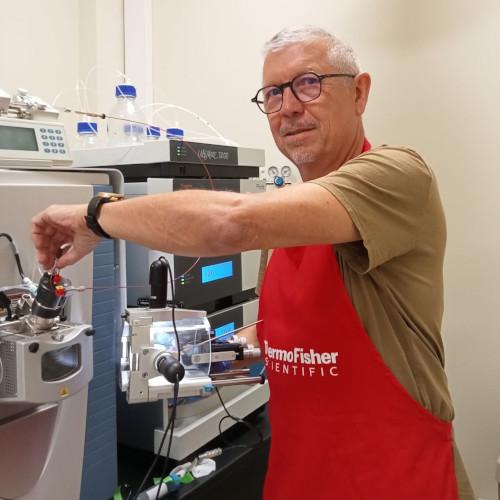
Our facilities
The INP’s research potential is backed by its state of the art technological platforms and skilled dedicated personnel (Plateformes NeuroTimone - PFNT). These technological platforms, labelled by AMU, are open to the scientific community and are specialized in the following fields:
- imaging (Neuro-Cellular Imaging Support, NCIS) with fluorescence, confocal, TIRF, super-resolution, calcium, video, high-content screening microscopes, flow cytometry;
- multimodal study of molecular interactions (Plateforme INteractions moléculaires Timone, PINT) with microcalorimetry, analytical ultracentrifugation, surface plasmon resonance, Orbitrap Mass spectrometry;
- stem and iPS cells (Stem Cell Center NeuroTimone, SCeNT) with expertise in cell de-differentiation and reprogramming, genome editing.
- neuro-oncology (PrEclinical and TRAnslational Neuro-Oncology Research, PETRA), with expertise in preclinical human 3D models and in animal models.
On the Timone site the INP benefits from:
- the proximity and expertise of different laboratories of the Pharmacy and Medical Faculties, including the INT, and INS (neurophysiology, computational neuroscience and modelling);
- the geographical proximity of physicians (neurologists, neuro-oncologists, neurosurgeons, pathologists) grouped in the Timone AP-HM hospital complex as well as facilities including the AP-HM tumor bank, the transfer laboratory;
- technology platforms (state of the art animal facilities, including housing of transgenic mice, L3 laboratory for the production of lenti, adeno- and rabies viruses, MALDI imaging, CERIMED, CEMEREM, CRMBM imaging platforms, etc.);
- biotechnology companies with activities in the CNS.
The INP is also largely involved in training from the Health Master Program, the international Neuroscience Master, the PhD Program in Integrative & Clinical Neuroscience and the recently created NeuroSchool.
The INP’s projects are developed within national and international collaborations and are funded by national or European public contracts (ANR, EC, BPI etc.), by foundations and industry partners.
